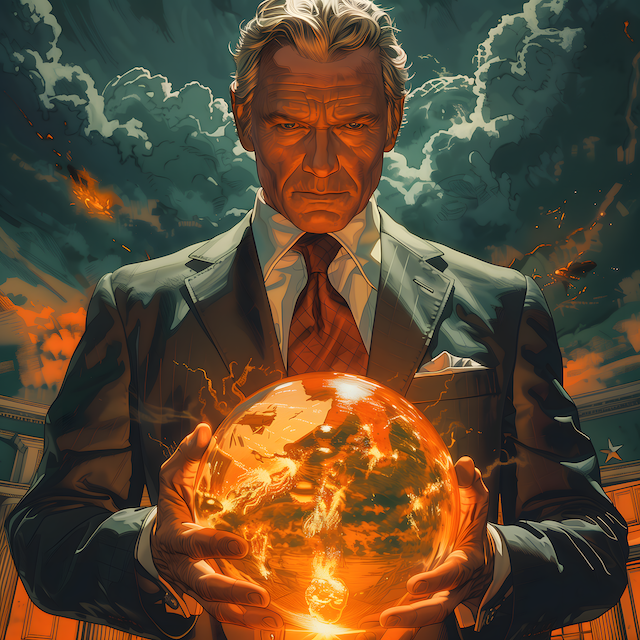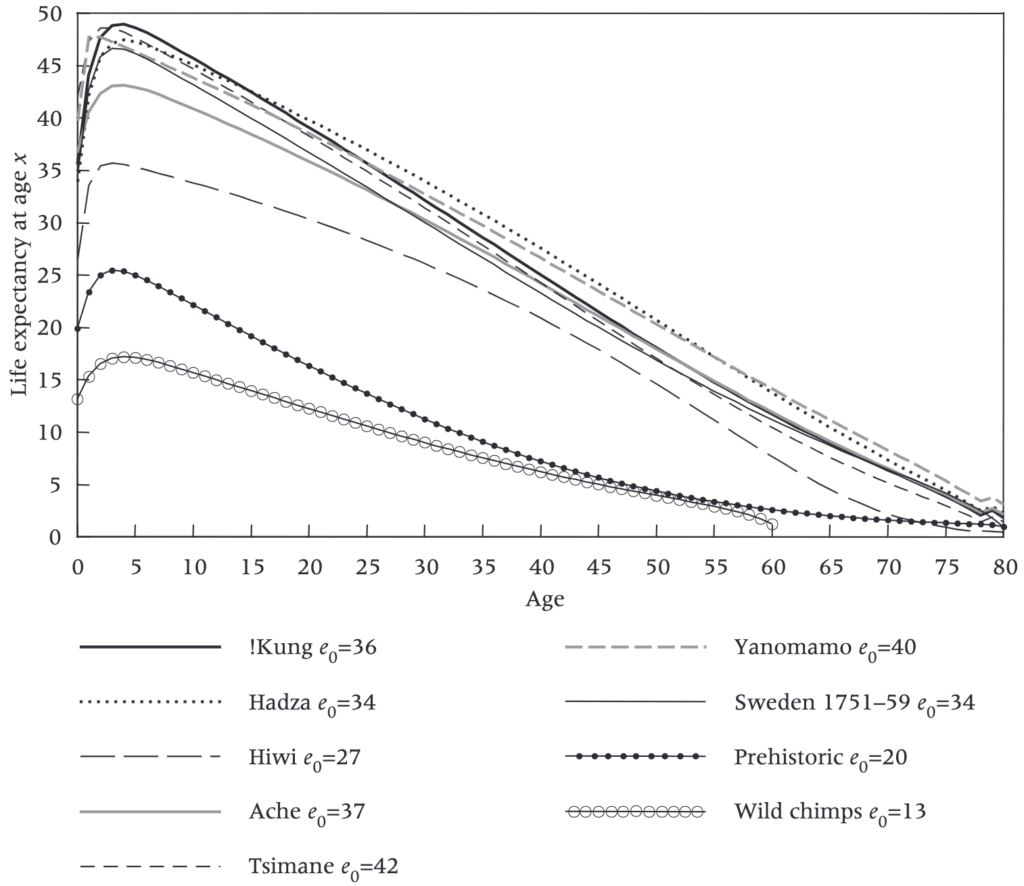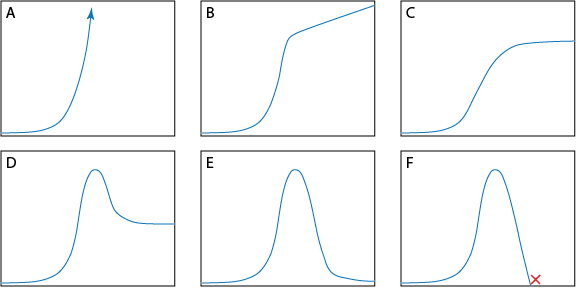
As I settle into and continue to explore the perspective that modernity is destined to fail, was never a long-term-viable idea, and therefore represents a giant blunder, I keep running into thoughtful writings about what exactly went wrong, at its foundations.
A recurrent culprit—and I tend to agree—involves human supremacism (anthropocentrism), connected to a perceived separateness from nature. This separateness relates to a dualism that began with agriculture, eventually finding full expression during the Enlightenment. Its Enlightenment framing, chiefly associated with Descartes, drives a wedge between mind and matter—as different “substances,” for instance. Thus, while not my main interest, I keep getting routed back to the question of “mind,” as it continues to be a sticking point in dismantling the dualism that is generally agreed to get in the way of appropriate ways of living on this planet.
So, this post is about mind and consciousness, offering my reactions. Now, I should be clear that it doesn’t really matter if we arrive at the Correct Truth on this issue, to the extent that the recommendations emerging from whatever framework result in better alignment to the living world. Any prescription that advocates humility, right-relationship, reciprocity, being part of a whole—fantastic! I may have suspicions and disagreements about the underlying metaphysics, but who cares, in the end? Surely multiple paths can lead to similar ends. Thus, I don’t want to die on that hill, or subvert migration to a better way of living in a crossed-arm philosophical sulk. Nor do I wish to see efforts that claim theirs is the only way, rooted in Truth. Who are we to demand knowing the ultimate truth, anyway? Why should we—or any creature of evolution—expect to? Humility, remember?
Indigenous cultures adopted a diverse universe of stories upon which their well-integrated practices rested, and that’s all for the good—even if the stories are not True in a modern sense. What matters is the practices and attitudes the stories motivate. I suspect that we can likewise tolerate a diversity of metaphysical underpinnings, to the extent that they allow compatibility with the community of life.
That said, I will now address what I see as an unfortunate tendency in the drive to abolish dualism. Maybe it can lead to similar, good outcomes, but I worry that it preserves a tinge of supremacy, while failing to destroy the chief horcrux of dualism. Be prepared to lose your mind, as I have done.
Continue readingViews: 6918







